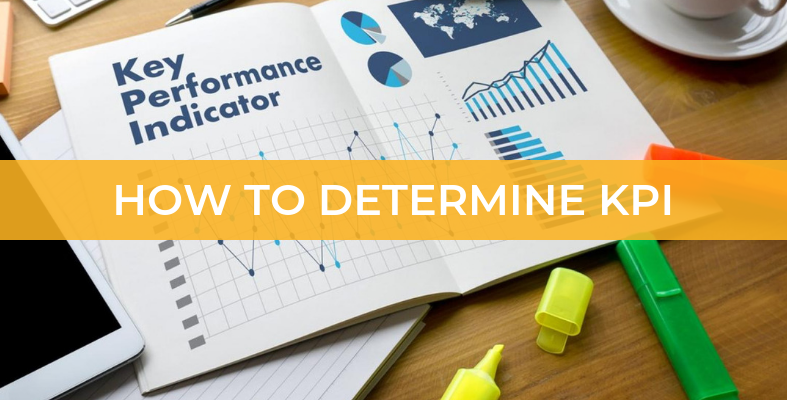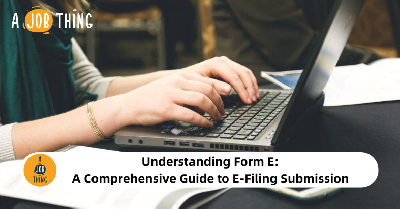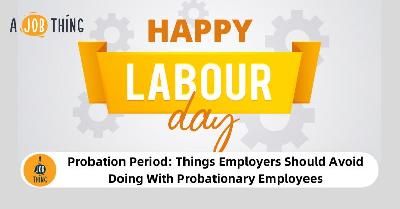
HR Guide on Determining KPI
Create Job Description Using AI
Write appealing job descriptions for any job opening to attract the most qualifield and suitable candidates. FOR FREE.
try now
If your employees don’t come to work, you can’t run your business. Likewise, if your HR strategy doesn’t support your business goals, you may not achieve them.
A real HR strategy is proactive and delivers the tools, environment, structure and resources your workers need to fulfil company goals. With this aim in mind, your strategy needs to support your business:
-
Recognise and hire the right employee
-
Manage and develop them in the best way
-
Grow each role to execute your business strategy
-
Build a company culture that supports your customer promise
But, how can you know if your strategy if truly working? How do you know if it’s affecting your company’s objectives?
First, you must determine your business’s HR key performance indicators (KPIs).
What should I know about HR KPIs?
The purpose of the KPI is to provide awareness of how you’re advancing toward your organisation’s short-term and long-term goals. The KPIs that you choose should be directly connected to your overall objectives, goals and strategies.
Just like other KPIs, HR KPIs measure particular areas of your business using quantifiable, specific metrics. By regularly measuring and tracking these metrics, you can measure whether your HR practices are proactively making a positive impression on your company’s profitability.
For many organisations, these are examples of core HR KPIs:
-
Turnover rate (by role, department and manager)
-
Average time to hire
-
Average employee tenure
But there isn’t one set of metrics that suits every business. Be aware of long lists of HR KPIs you may find on the internet. They will only encourage you to begin the dangerous habit of measuring for measurement’s sake.
Preferably, you need the right three or four HR KPIs to decide if you’re successful.
HR KPIs in action
Two of the most generally recognised drivers of organisational success are:
-
Employee engagement
-
Leadership alignment.
Why does employee engagement matter? Because engaged employees are more productive. More productive employees equal more opportunity for revenue generation.
Additionally, it’s important that your leadership is consistently moving your company in the same direction. If each of your leaders has a different goal in mind, they may be misleading their employees and spending time and money on unnecessary projects.
Let’s look at an example of a company that is experiencing fast growth, but has a high turnover among the leadership team and low employee engagement.
If the company’s business goal is profitable double-digit growth, the leadership team will need to step back and identify their business’s critical success factors that will drive the desired level of growth. Some may be able to identify key drivers based on their experience, while others may need to rely on researching best practices.
Once the leadership team recognises the short-term and long-term goals they need to achieve to drive double-digit growth, they will outline the strategies that are necessary to achieve those goals. For instance, they may choose to develop goals centred on reducing operating costs related to productivity and the cost of turnover.
Always measure your goals
The distinction between average-performing and high-performing businesses is often as simple as having goals that are measurable. Remember that KPIs are a mechanism that allows a company to monitor the effectiveness of their strategies.
There needs to be a clear connection between the objective, the goals that will need to be accomplished to achieve that objective, strategies that will be used to meet those goals and the metrics that prove the effectiveness of your business’s efforts toward its primary objective.
To understand how this all works, let’s return to our example company that wants to achieve double-digit growth. The outline below highlights the key objective as well as the related goals, strategies and KPIs that they might use to support their initiatives.
Objective: Achieve double-digit growth
Goals:
-
Retain the company’s top 10% of performers
-
Improve employee engagement by 15%
-
Decrease the first-year voluntary turnover by 12%
-
Recognise successors for all leadership positions
Strategies:
-
Design a talent review process
-
Implement a high potential program
-
Identify and assess important drivers of employee engagement
-
Start the exit interview process
-
Organise a leadership training curriculum focused on strategy, financials and problem solving
KPIs:
-
The monthly voluntary turnover rate
-
Internal promotion rate
-
First-year retention rate
-
Annual employee engagement score
While creating the list of key performance indicators is challenging, collecting the data can be an even greater barrier for many.
First, you need to establish a baseline measurement for each KPI. Then, you need to track and document any changes every month or quarter. In the beginning, if it’s difficult to get a precise measurement, it’s acceptable to estimate.
Need to Fill in Many Vacancies, Fast? We'll solve your hiring in just 2 days. Contact us at [email protected] or call 03 2242 4822 for a free consultation.
Source: Insperity
Related articles
HR Guide: Constructive Dismissal in Malaysia





